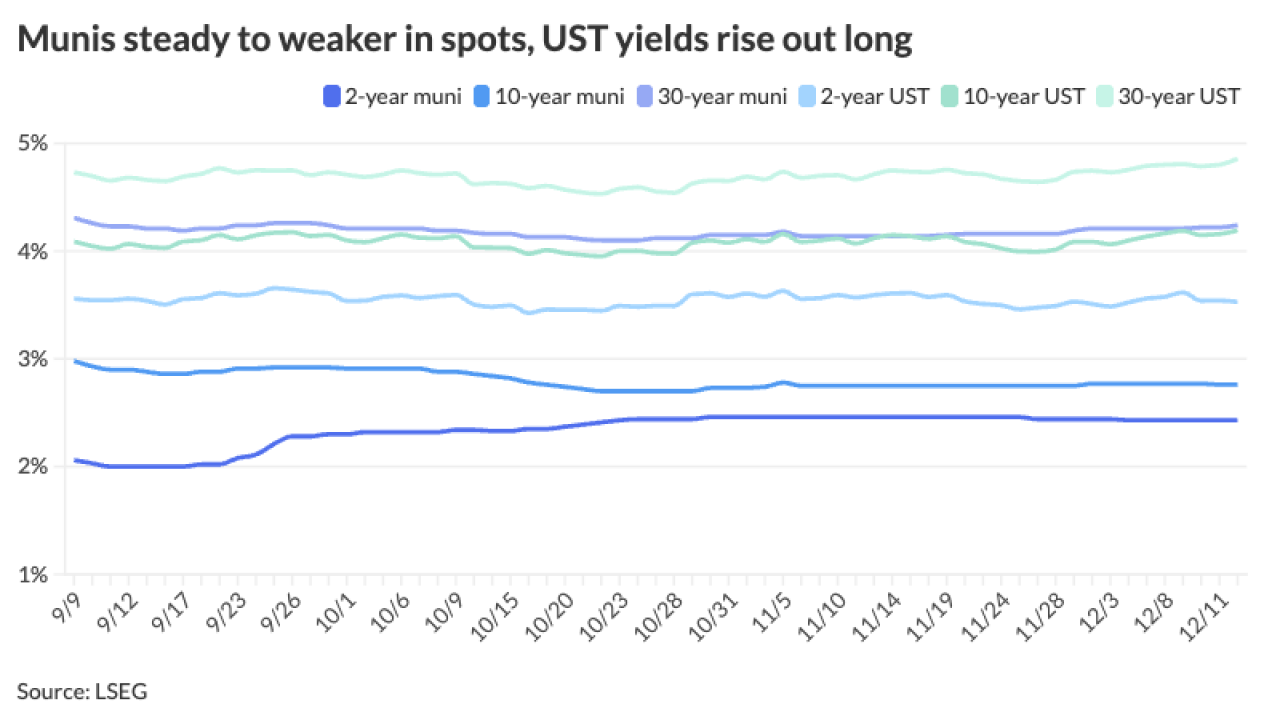New York City Comptroller Scott Stringer on Tuesday called on the Metropolitan Transportation Authority to lower Metro-North and Long Island commuter railroad fares to the price of a MetroCard swipe for trips within the city’s five boroughs.
Stringer said his

“New York City’s transit system is in crisis,” Stringer said at a press conference at the LIRR Murray Hill station in Queens. “While commuter rail tracks carve through the Bronx, Brooklyn, and Queens, working New Yorkers are stuck behind an unacceptable paywall, forced to pay an exorbitant amount or spend extra hours stuck on overcrowded subways and buses.”
According to Stringer, his proposal would cost $50 million per year – a fraction of the $7 billion and 10 years it cost to open four new subway stations along Second Avenue on Manhattan’s East Side and in Hudson Yards, near Times Square in Midtown.
“We received Comptroller Stringer’s report late this morning and will review it, particularly the assertions about excess capacity with which we disagree," said MTA Chairman Joseph Lhota. "The MTA is not a financially self-sustaining organization and for the recommendations of the city comptroller to be implemented, a subsidy is required."
Lhota added: "It is fiscally irresponsible to make a transit benefit recommendation without identifying a source of funding – especially given the MTA’s massive financial needs as outlined by Comptroller DiNapoli’s report.”
The basic fare for a single subway ride within New York City is $2.75. From Penn Station to its Jamaica hub in Queens, the LIRR charges $7.50 off-peak and $10.25 at peak hours.
State Comptroller
"The largest risk to the operating budget may be the assumption that the current economic expansion will continue uninterrupted," said DiNapoli.
Frequent delays and breakdowns have cast a glare on the state-run authority, which operates the city’s subways and buses, the Long Island and Metro-North commuter railroads, and several bridges and tunnels. The MTA, which last week held two sales of transportation revenue bond anticipation notes totaling $900 million, is one of the largest municipal issuers with roughly $40 billion in debt.

S&P Global Ratings
Stringer also called on the MTA to make more local stops, improve bus connections with commuter rail stations, and make all stations accessible under the Americans with Disabilities Act.
His proposal would essentially build on the MTA's reduced-fare Atlantic ticket pilot program, which reduces prices on LIRR trains in Brooklyn and Queens.
In the Bronx, the MTA has four new Metro-North stations in the works that would connect to Penn Station. That project is pending a signed agreement with Amtrak, which owns track segments in the eastern part of the borough.

"Building new subways and overhauling the bus network will take years to complete, but opening commuter rail lines to MetroCards can be done much quicker," said Liam Blank, advocacy and policy manager for the Tri-State Transportation Campaign advocacy group.
DiNapoli questioned the MTA's assumption that subway ridership will pick up in 2019 after falling for three straight years.
"While subway service has improved marginally, it remains far below riders' expectations and the improvement may not be enough to persuade riders to return in the face of higher fares," DiNapoli said. "Additional risks include the source of more than $300 million in unspecified annual savings and the cost of future labor agreements."





